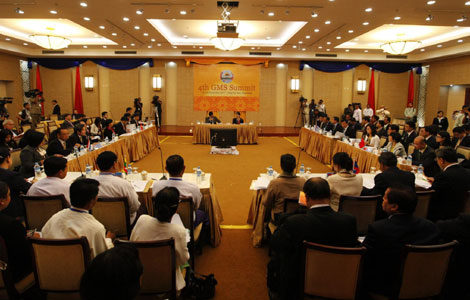WHO warns of misleading tobacco research
Updated: 2011-12-19 19:52
(Xinhua)
|
|||||||||||
BEIJING - Research indicating that some cigarettes are less harmful is tobacco industry hype meant to mislead the public, a World Health Organization official warned on Monday as a heated debate rages in China over the credibility of tobacco science.
"Low-tar cigarettes, for example, don't reduce the harm at all, " said Sarah England, a technical officer on tobacco control with the WHO Representative Office in China.
She said tar, nicotine and other smoke emission yields derived from smoking-machine testing do not provide valid estimates of human exposure and there is no conclusive epidemiological or scientific evidence that cigarettes with lower machine-generated smoke yields are less harmful.
The debate on tobacco science flared up in China after Xie Jianping, a researcher known for his studies on low-tar cigarettes, was honored with a seat in the elite Chinese Academy of Engineering earlier this month.
Xie's accreditation was challenged by Chinese health experts, but some scientists and smokers also came out to defend the 52-year-old researcher, who has spent decades working with a tobacco research institute under the China National Tobacco Corporation (China Tobacco) -- the world's largest cigarette company.
Neither Xie nor authorities with the Chinese Academy of Engineering have publicly commented since the controversy heated up.
"The marketing of cigarettes with stated tar and nicotine yields has resulted in the mistaken belief that those cigarettes are less harmful. It is just a tobacco industry tactic. It is very misleading," England said.
The WHO official compared low-tar cigarettes to a green bullet and cigarettes with standard tar levels to a red one, and said, "It is meaningless to say which is better, to be killed by a red or green bullet."
"I recommend not going near the bullets. Quit smoking instead," she added.
Yang Gonghuan, head of the China Tobacco Control Office under the Chinese Center for Disease Control and Prevention (China CDC), had previously blamed the tobacco companies' low-tar promotion strategy for the 41.15 percent growth in cigarette sales in China from 2000 to 2010.
China is the world's largest consumer of cigarettes. The country has 300 million smokers, and more than 740 million non-smokers are regularly exposed to second-hand smoke, according to experts' estimates. About 1.2 million people die each year in China from smoking-related illnesses ranging from lung cancer to heart disease.
China is a signatory of the World Health Organization-initiated tobacco control treaty, the Framework Convention on Tobacco Control (FCTC), but implementation has been slow mainly due to interference from the country's powerful tobacco industry, health experts have said. The FCTC requires nations to ban deceptive and misleading descriptions such as "low-tar" labels, they said.
Jonathan Samet, who chairs the Tobacco Products Scientific Advisory Committee of the US Food and Drug Administration (FDA), told reporters in Beijing that he found Xie's accreditation unusual.
"No one has made a conventional cigarette product safer," Samet said. "A cigarette typically contains 7,000 dangerous chemicals and it is hard to say taking out one or two chemicals will make any difference."
"And how do you know any cigarette is low risk without watching people use it for 20 years?" he said.
Hot Topics
HIV/AIDS, Egypt protest, Thanksgiving, climate change, global economic recovery, home prices, high-speed railways, school bus safety, Libya situation, Weekly photos
Editor's Picks

|

|

|

|

|

|







